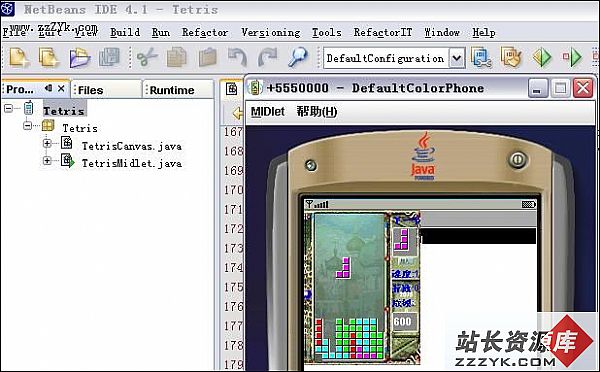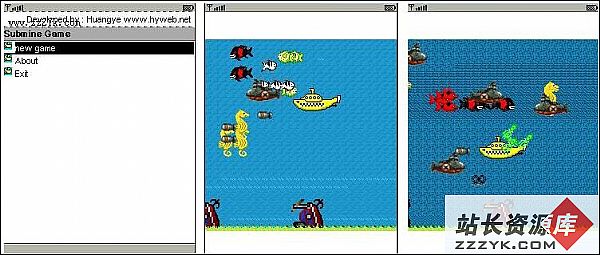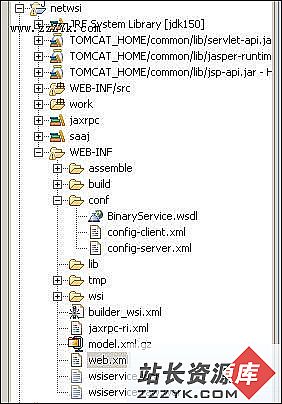当前位置:编程学习 > JSP >>
答案:《Java与XSLT》读书笔记
一,所有的XSLT处理器必须包括四个内置的模版规则,它们的优先级要低于任何其他规则,所以只要编写一个新的模版规则来匹配相同的式样,就可以覆盖它们。理解内置规则的最好方法就是架设它们总是位于后台,如果没有找到其他匹配一个节点的规则,就应用这些内置规则。
<xsl:template match="*|/">
<xsl:apply-templates/>
</xsl:template>
<xsl:template match="*|/" mode="m">
<xsl:apply-templates mode="m"/>
</xsl:template>
<xsl:template match="text()|@*">
<xsl:value-of select="."/>
</xsl:template>
<xsl:template match="processing-instruction()|comment()">
二,XPath
<message>
<header>
<subject>Hello,World</subject>
<date mm="03" dd="01" yy="2002">
<sender>pres@whitehouse.gov</sender>
<recipient>burke_e@ociWeb.com</recipient>
<recipient>burke_e@yahoo.com</recipient>
<recipient>aidan@burke.com</recipient>
</header>
<body>
…
</body>
</message>
如果<header>为上下文节点,那么child::sbject将选择<subject>节点,而child::recipient将选择所有的<recipient>节点集,child::*将选择<header>的所有子节点。星号(*)字符是一个通配符,表示主要节点类型的所有节点。每个轴都有一个主要节点类型,它始终为元素,除非该轴为属性或命名空间。如果<date>为上下文节点,那么attribute::yy将选择yy属性,而attribute::*将选择<date>元素的所有属性。
简单增加一个谓词过滤结果节点集,通常会减少结果集的大小。增加额外的谓词可进行额外的过滤。例如child::recipient[position()=1]最初将从前一个实例中选择所有的<recipient>元素,然后向下过滤(减少)这个列表直到第一个:burke_e@ociWeb.com位置从1开始,而不是0。谓词可以包含任何XPath表达式,并且变得相当复杂。
如:
<xsl:apply-templates select="presidents/president[position()=3]/name"/>
<xsl:apply-templates select="presidents/president[count(vicePersident)=0]/name"/>
<xsl:apply-templates select="presidents/president[term/@from < 1800]/name"/>
<xsl:apply-templates select="descendant::president[count(vicePresident)>1]/name"/>
<xsl:apply-templates select="presidents/president/name[child::first=’John’]"/>
<xsl: apply-templates
select="presidents/president[(term/@from > 1800) and (term/@from < 1850)]/name">
三,排序
排序可以应用于数据驱动,也可以应用于模板驱动方法。在任一种情况中<xsl:sort>均作为子元素添加到其他部分。通过增加几个连续的<xsl:sort>元素,就可以完成多字段排序。每种排序可以按照升序和降序进行,用于排序的数据类型可以是"数字"或"文本"。排序默认为升序。
<xsl:sort select="first"/>
<xsl:sort select="last" order="descending"/>
<xsl:sort select="term/@from" order="descending" data-type="number"/>
<xsl:sort select="name/first" data-type="text" case-order="upper-first"/>
四,属性值模板(AVT)
只要我们需要将一个属性值视为一个XPath表达式而不是静态文本,可能就需要使用一个AVT。但是对于标准XSLT元素,例如<xsl:template match="pattern"/>,就不必使用AVT语法。对于非XSLT元素,例如任意HTML标签,就需要AVT语法。
五,<xsl:attribute-set>
<xsl:element name="body" use-attribute-sets="body-style"></xsl:element>
六,<xsl:if>
<xsl:if test="boolean-expression">
<!--@@@-->
</xsl:if>
<xsl:if test="middle">检查是否存在一个节点集而不是布尔值
<xsl:if test="@someAttribute"
七
<xsl:choose>
<xsl:when test="party=’Democratic’">
<xsl text>blue</xsl:text>
</xsl:when>
<xsl:otherwise>
<xsl:text>red</xsl:text>
</xsl:otherwise>
<xsl:choose>
八,参数和变量
<xsl:variable name="lastPresident" select="president[position() = last()]/name"/>
<xsl:value-of select="$lastPresident"/>
九,命名模板
<xsl:template name="formatSSN">
<xsl:param name="ssn"/>
</xsl:template>
<xsl:call-template name="formatSSN">
<xsl:with-param name="ssn" select="@ssn"/>
</xsl:call-template>
十,递增变量
<!--- familyTree.xml ->
<?xml version="1.0" encoding="UTF-8"?>
<?xml-stylesheet type="text/xsl" href=>
<person name="Otto">
<person name="Sandra">
<person name="Jeremy">
<person name="Eliana"/>
</person>
<person name="Eric">
<person name="Aidan"/>
</person>
<person name="Philip">
<person name="Alex"/>
<person name="Andy"/>
</person>
</person>
</person>
<!--- familyTree.xslt ->
<?xml version="1.0" encoding="UTF-8"?>
<xsl:stylesheet version="1.0" xmlns:xsl="http://www.w3.org/1999/XSL/Transform">
<xsl:output method="html"/>
<!-- processing begins here -->
<xsl:template match="/">
<html>
<body>
<!-- select the top level person -->
<xsl:apply-templates select="person">
<xsl:with-param name="level" select="'0'"/>
</xsl:apply-templates>
</body>
</html>
</xsl:template>
<!-- Output information for a person and recursively select
all children. -->
<xsl:template match="person">
<xsl:param name="level"/>
<!-- indent according to the level -->
<div style="text-indent:{$level}em">
<xsl:value-of select="@name"/>
</div>
<!-- recursively select children, incrementing the level -->
<xsl:apply-templates select="person">
<xsl:with-param name="level" select="$level + 1"/>
</xsl:apply-templates>
</xsl:template>
</xsl:stylesheet>
十一,模板模式
<xsl:template match="name" mode="verbose">
</xsl:template>
十二,<xsl:include>与<xsl:import>
<xsl:include>只能作为顶层元素,即它与<xsl:template>是兄弟关系
<xsl:include href=>
当包含两
- 更多JSP疑问解答:
- jsp新手求指导,不要笑!
- 如何让一个form提取的值传递给多个jsp?
- DW中,新建的html页面能否有jsp或php代码?
- jsp 如何限制表单,实现只能填写特定的数据。
- jsp 和javabean结合的程序有问题
- 从数据库里取出的数据如何传递到另外的jsp页面中
- 你好,ext嵌入那个jsp页面,是不是还需要加上一些插件啊,不太懂,麻烦你了。
- JSP不能处理所有问题吗?还要来一大堆的TLD,TAG,XML。为JSP 非要 Servlet 不可吗?
- 光标离开时全角转半角在jsp中怎么实现
- jsp 页面 打开 pdf 文件 控制大小 和 工具栏 能发份源码么 谢啦
- jsp页面点保存按钮,运行缓慢,弹出对话框提示
- jsp刷新页面如何不闪屏
- jsp 与html 的交互问题?
- jsp小数显示问题 例如 我在oracle 数据库中查询出来的是 0.01 但是在jsp页面上就显示成 .01 没有前面的0
- jsp中日历控件





